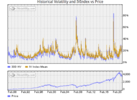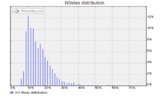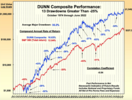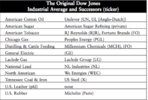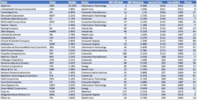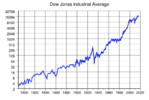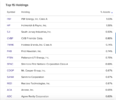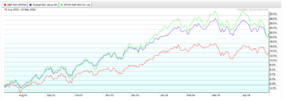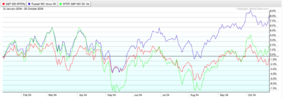- Joined
- 6 January 2016
- Posts
- 254
- Reactions
- 187
Dunn's words (he may have a little more experience than some on this forum):I'm as awake/asleep as Mr. Dunn (Dunn's system remains unchanged since 1975 - yet I hear the markets have changed due to a few recent events?): Dunn Equity Graph to 2022
But I'm certainly not playing (Play), unlike some....
We only have two systems. The first system is the one I started with in 1974. The other system, we developed and launched in 1989. The major strategic elements of these two models—how and when to trade, how much to buy and sell—have never changed in almost 30 years. We expect change. None of the things that have happened in the development of new markets over the past 30 years strike us as making the marketplace different in any essential way. The markets are just the markets. I know that is unusual. I know in the past five years a lot of competitors have purposefully lowered the risk on their models i.e., they are deleveraging them or trying to mix them with other things to reduce the volatility. Of course, they have also reduced their returns.


